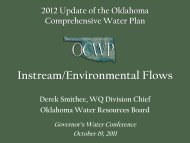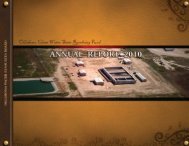Intended Use Plan for FY-2012 - Water Resources Board - State of ...
Intended Use Plan for FY-2012 - Water Resources Board - State of ...
Intended Use Plan for FY-2012 - Water Resources Board - State of ...
Create successful ePaper yourself
Turn your PDF publications into a flip-book with our unique Google optimized e-Paper software.
PART A – CWSRF GPR SPECIFIC GUIDANCECWSRF Eligibility Principles<strong>State</strong> SRF programs are responsible <strong>for</strong> identifying projects that count toward GPR. Thefollowing overarching principles, or decision criteria, apply to all projects that counttoward GPR and will help states identify projects.0.1 All GPR projects must otherwise be eligible <strong>for</strong> CWSRF funding. The GPR requirementdoes not create new funding authority beyond that described in Title VI <strong>of</strong> the CWA.Consequently, a subset <strong>of</strong> 212, 319 and 320 projects will count towards the GPR. Theprinciples guiding CWSRF funding eligibility include:0.2 All Sec 212 projects must be consistent with the definition <strong>of</strong> “treatment works” as set <strong>for</strong>thin section 212 <strong>of</strong> the Clean <strong>Water</strong> Act (CWA).0.2-1 All section 212 projects must be publicly owned, as required by CWA section603(c)(1).0.2-2 All section 212 projects must serve a public purpose.0.2-3 POTWs as a whole are utilized to protect or restore water quality. Not all portions<strong>of</strong> the POTW have a direct water quality impact in and <strong>of</strong> themselves (i.e. securityfencing). Consequently, POTW projects are not required to have a direct waterquality benefit, though most <strong>of</strong> them will.0.3 Eligible nonpoint source projects implement a nonpoint source management program underan approved section 319 plan or the nine element watershed plans required by the 319program.0.3-1 Projects prevent or remediate nonpoint source pollution.0.3-2 Projects can be either publicly or privately owned and can serve either public orprivate purposes. For instance, it is acceptable to fund land conservation activitiesthat preserve the water quality <strong>of</strong> a drinking water source, which represents a publicpurpose project. It is also acceptable to fund agricultural BMPs that reducenonpoint source pollution, but also improve the pr<strong>of</strong>itability <strong>of</strong> the agriculturaloperation. Pr<strong>of</strong>itability is an example <strong>of</strong> a private purpose.0.3-3 Eligible costs are limited to planning, design and building <strong>of</strong> capital water qualityprojects. The CWSRF considers planting trees and shrubs, purchasing equipment,environmental cleanups and the development and initial delivery <strong>of</strong> educationprograms as capital water quality projects. Daily maintenance and operations, suchas expenses and salaries are not considered capital costs.0.3-4 Projects must have a direct water quality benefit. Implementation <strong>of</strong> a water qualityproject should, in itself, protect or improve water quality. <strong>State</strong>s should be able toestimate the quantitative and/or qualitative water quality benefit <strong>of</strong> a nonpointsource project.0.3-5 Only the portions <strong>of</strong> a project that remediate, mitigate the impacts <strong>of</strong>, or preventwater pollution or aquatic or riparian habitat degradation should be funded. Wherewater quantity projects improve water quality (e.g. reduction <strong>of</strong> flows fromimpervious surfaces that adversely affect stream health, or the modification <strong>of</strong>irrigation systems to reduce run<strong>of</strong>f and leachate from irrigated lands), they would be4/21/2010 PART A - CWSRF 3


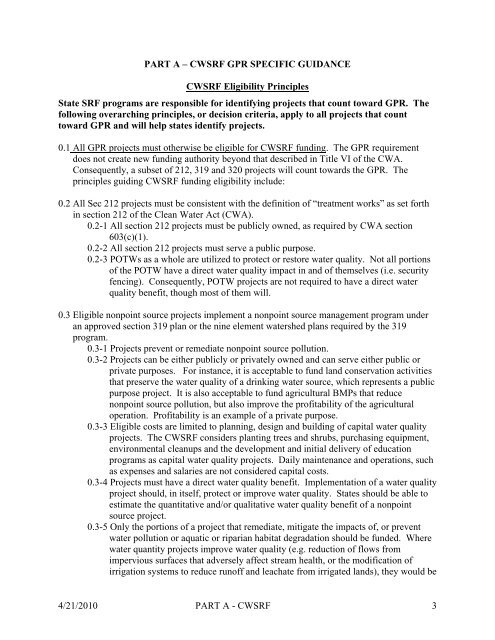

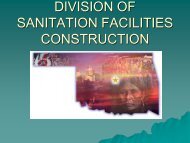
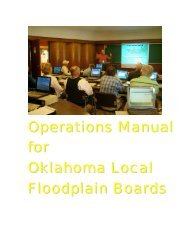
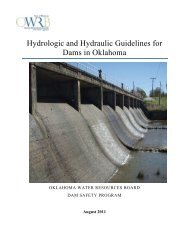
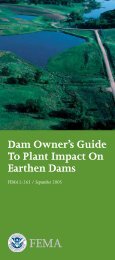

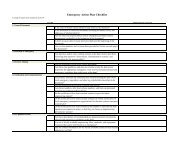
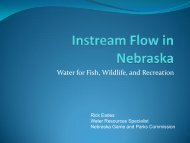


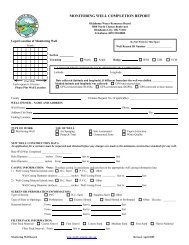
![A Commodity & a Resource [pdf] - Water Resources Board - State of ...](https://img.yumpu.com/42536671/1/190x143/a-commodity-a-resource-pdf-water-resources-board-state-of-.jpg?quality=85)
